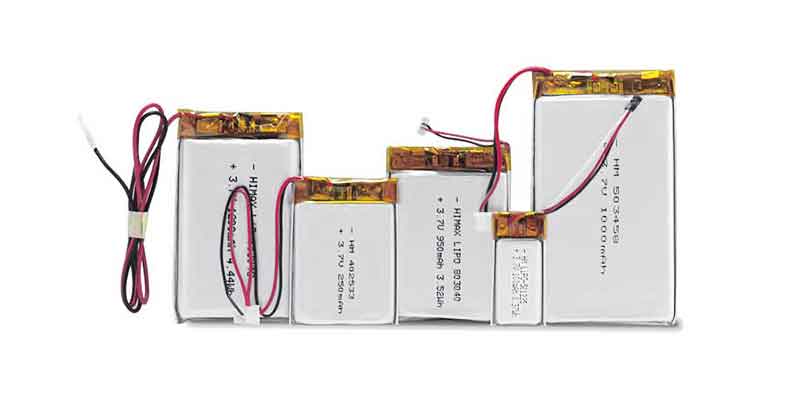High Voltage Batteries
The voltage of HV battery
An L-i-H-V battery is a type of Lithium battery that allows for a higher than normal voltage. The “HV” stands for “high voltage” and it has a higher energy density than standard LiPo batteries. Ordinary LiPo batteries have a nominal voltage of 3.7V and a fully charged voltage of 4.2V. LiFePO4 batteries have a nominal voltage of 3.2V and a fully charged voltage of 3.65V. Compared to these, LiHV batteries have a nominal voltage of 3.8V or 3.85V and can reach 4.35V or 4.4V on a full charge.
The characteristics of HV battery
With the increasing demand for lithium-ion batteries with higher capacities for electrical equipment, there is a growing expectation for the increased energy density of lithium-ion batteries.
While high-voltage batteries have higher energy density and higher discharge platform, the safety performance is lower than that of ordinary batteries. At present, lithium cobalt oxide has been widely studied and applied as a high-voltage anode material. The structure is non-N-A-F-E-O-2 type, which is more suitable for lithium-ion insertion and ejection. The production process is simple, and the electrochemical performance is stable.
Based on the limited space and weight of the electrical power supply, the battery energy can be increased by increasing the battery voltage. For instance, increasing the operating voltage from 4.2v to 4.35v can increase the energy density of the battery up to 16%.
In terms of the discharge rate of high-voltage batteries and ordinary batteries, high-voltage batteries have higher discharge rates and stronger power. Therefore, high-voltage batteries are more suitable for products and equipment that require high-rate discharge.
Graph
The following graph reflects the difference in capacity between the three fully charged batteries at 4.2V, 4.35V and 4.4V.
From these three curves, you can see that LiHV batteries can release more capacity than ordinary LiPo batteries, thus providing your device with longer duration.
Charging tips
It is worth noting that you need to know the maximum charging voltage of the battery in advance to prevent overcharging. This is because the oxygen and electrolytes released during overcharging may cause changes in the structure of the cathode material, resulting in capacity loss or violent chemical reactions that reduce the life and performance of the battery. In severe cases, an explosion or fire may occur.
There are already many smart batteries on the market that are equipped with a Battery Management System (BMS) that allows us to set the proper cut-off voltage for charging, but there are also many batteries for FPV or RC vehicles that do not have a BMS, and if there is no BMS, you can also set the cut-off voltage on the charger to avoid overcharging.




